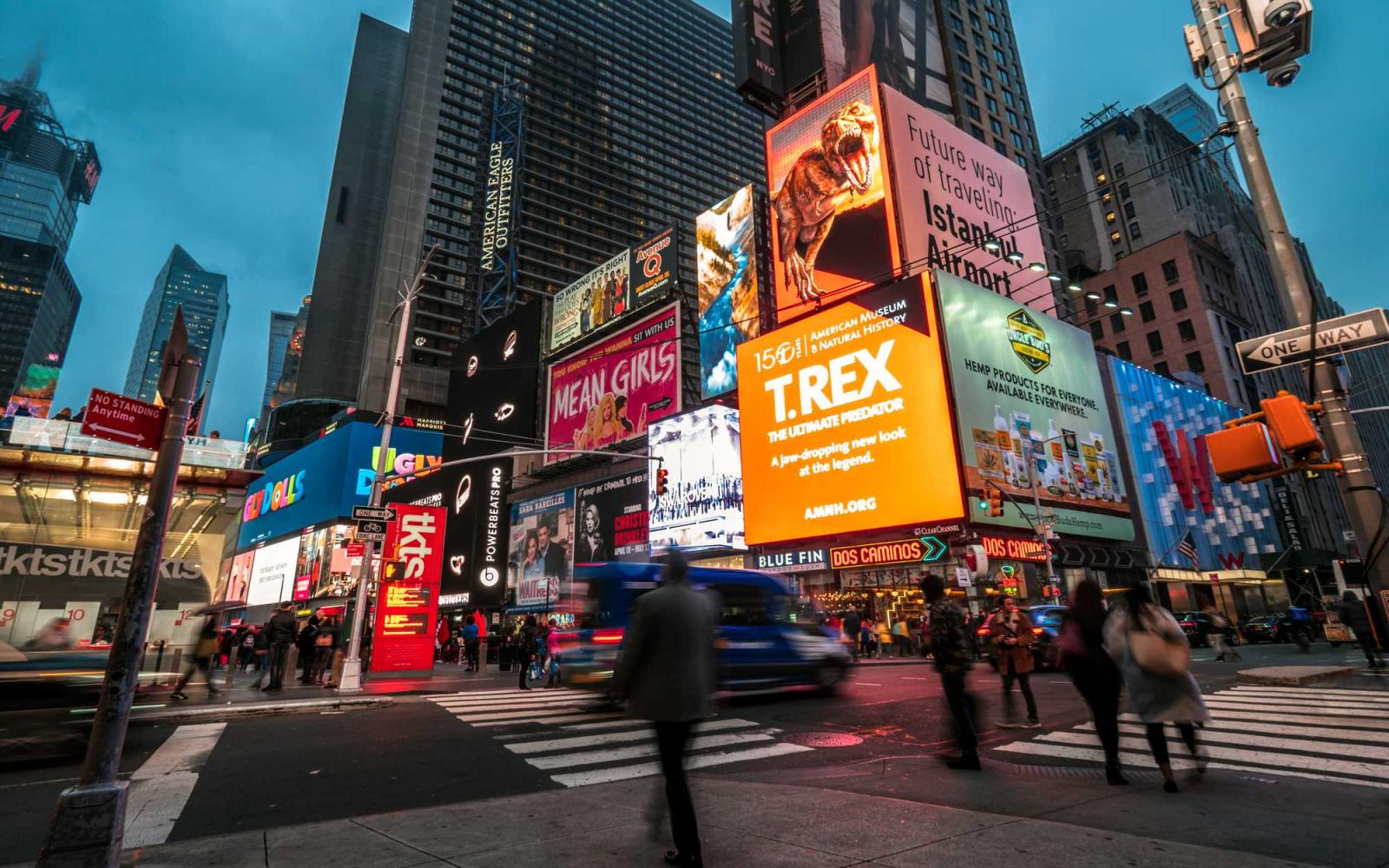How To Turn Brand Guidelines Into Signage
Projects benefit from the early creation of a brand ‘kit of parts’ - a catalog of standard branded items that could be found at each location.

A major challenge in the branding market is that design firms can be more focused on digital and paper executions, and neglect to consider physical spaces. Execution of signage and other physical brand elements are often left open for interpretation. This can lead to inconsistencies in execution, added project timelines, and increased expenses. Projects benefit from the early creation of a brand ‘kit of parts’ - a catalog of standard branded items that could be found at each location. The following steps are useful in plotting the process from guidelines into finished signage:
- Determine Where The Branding Will Be Used
- Before creating a brand kit of parts, it is best to determine all potential use cases and their specific requirements. This includes not only all elements of potential signage or other brand elements, but also, unique considerations for those elements. For example, in most retail environments lighting will be paramount for illuminating interior signage. For corporate environments with no exterior branding, one typically only needs to consider interior lobby signs and other elements for the workplace.
- Create A Kit of Parts
- With a professional brand design team you can begin to create a parts kit that includes all aspects of the physical brand as outlined above. In the early stages, it is fine to make assumptions and references on materials that need to be tested. A qualified designer should be able to make quality assumptions on the best materials to use.
- Once a basic kit of parts is outlined, it is time to collect sample materials for finalizing specifications.
- Collect Samples
- Even while the kit of parts is in process, you can begin to collect samples of basic materials. The most important aspect of this process is to ensure that the colors are correct, and all specs are consistent with brand guidelines.
- We recommend starting with paint (get multiple shades to match to a PMS book), vinyl (translucent and opaque), and other raw materials such as metal or acrylic. With vinyl and other materials, it is useful to determine whether you require custom manufactured products or if your needs may match a manufacturer's stock offerings. This consideration will have a strong impact on timeline and budget.
- Verified samples should be measured for accuracy before being placed into your brand kit of parts.
- Prototype
- Now that a kit of parts and preferred samples are established, prototyping is the last step to view the finished signage. There are a number of ways to evaluate prototypes - from simple lightboxes to full signage displays (which can be used at future sites to reduce costs). Here you can see how the paint, vinyl, and other materials align together, conduct illuminated signage tests. Colors can appear vastly different when illuminated based on a wide variety of factors, including: temperature of LEDs, acrylic used, and frequency of vinyl application.
Look for a quality sign vendor to help you achieve desired results by adjusting these variables, allowing you to have a fully specified complete kit of parts. This process will ensure consistency across multiple sites and realize the full vision of your initial branding process.



